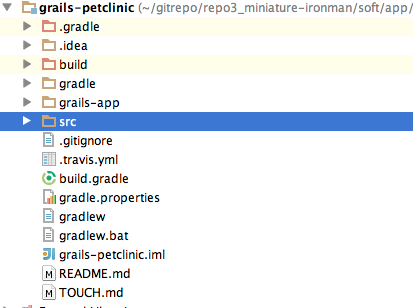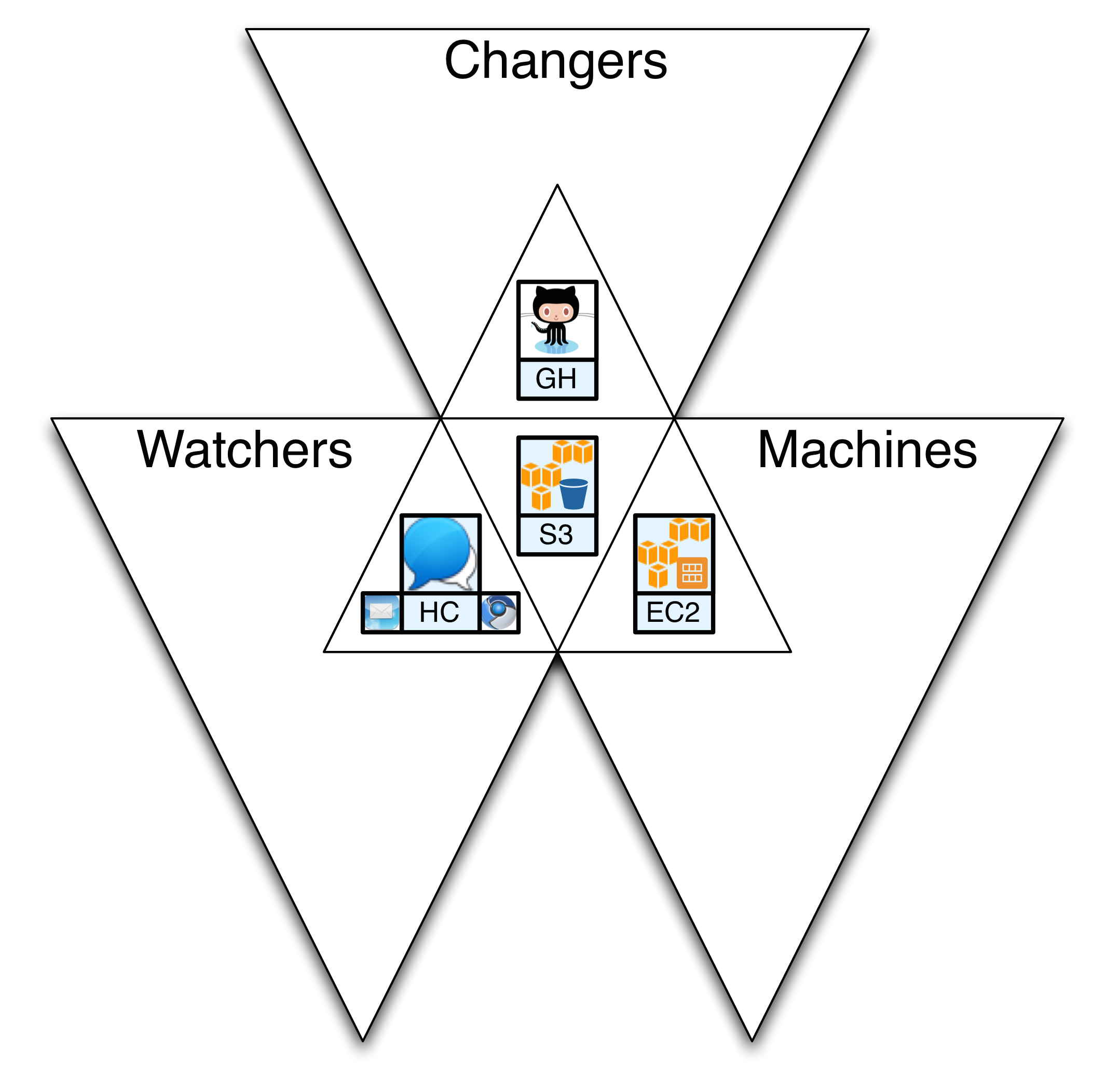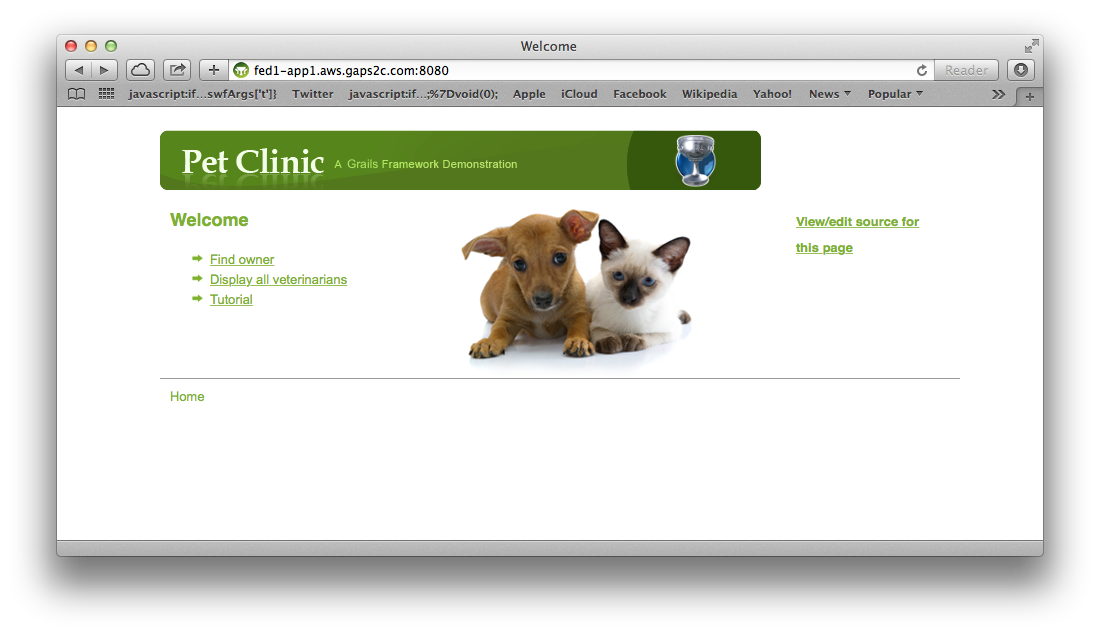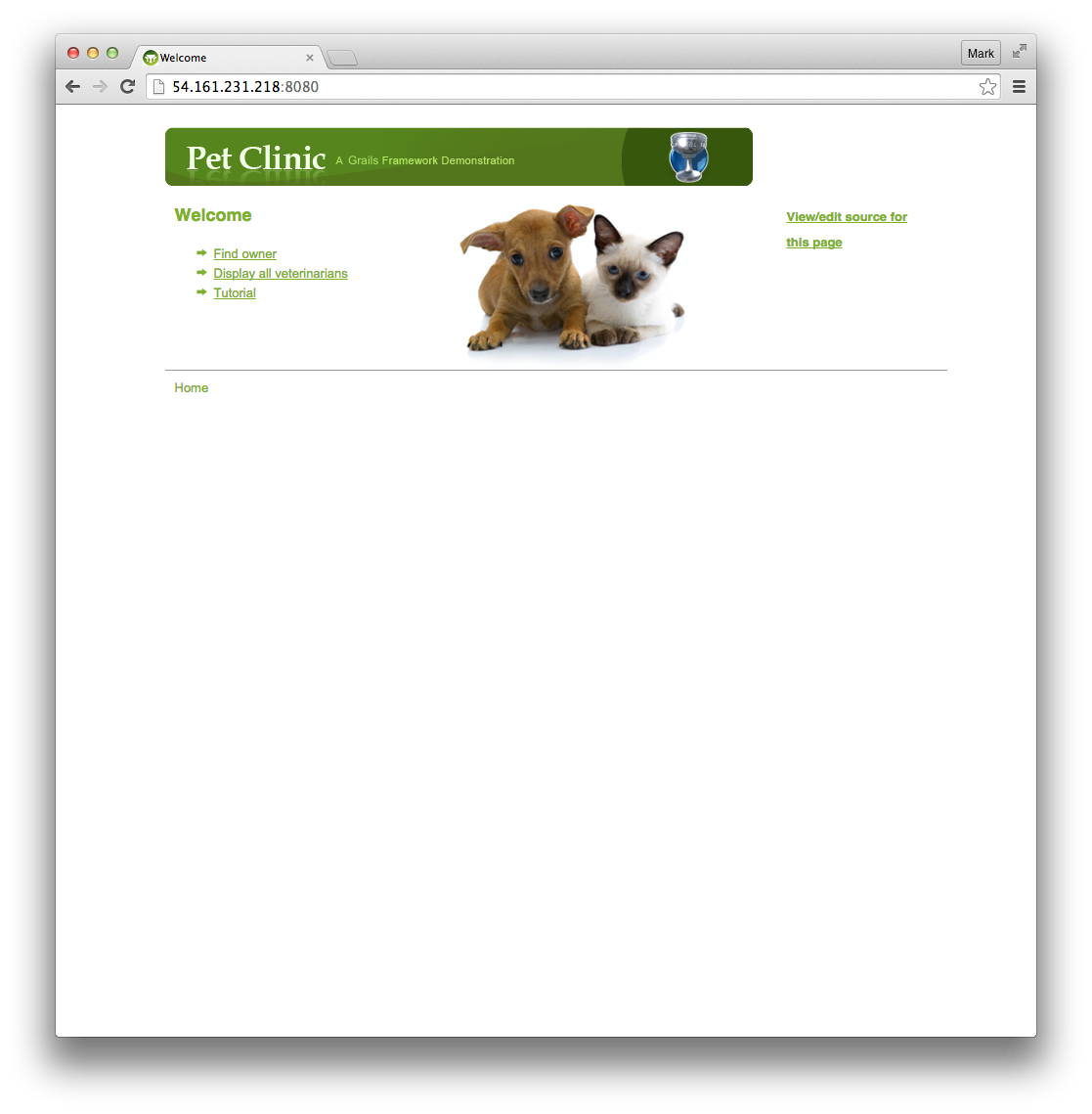This is the second series describing the ADD: a radically more productive development and delivery environment. The first article is here: Intro and described the truth and lies about developing software. The second article dealt with ‘Testing’.
Grails, Groovy, and Java
The primary stack I believe is a “Best Practice” is Grails. It is in it’s third full generation, and with each generation it gets better, easier, more powerful, and more ‘aligned’. This last part is not that common with frameworks. A lot of people start writing a framework and it does more and more. With more and more code. The Grails team has been great at ‘pruning’ and ‘aligning’ with Spring and other frameworks.
Using Spring alone is certainly a reasonable practice. The problem is people tend to use Spring wrong. I don’t know why. Either they don’t read the tutorials… or they get confused and a deadline is approaching… or they are cowboys (or cowgirls) that wander off into new territory of abuse to the tools that are in front of them. I used Grails at a company that committed to Spring. So I simply switched to Spring and my code was simple, functional, well-tested, and clean. But the rest of the code base was a complete mess. So there is nothing wrong with Spring but it is harder to use properly than Grails. Spring Boot is trying to help with that. Grails is just better.
Grails is ‘opinionated’ and ‘functional’ and has plenty of examples to show you these opinions and capabilities. We can see a lot of it in the ‘petclinic’ example.
Build with Gradle
Grails uses Gradle to build the project. It used to have it’s own system, but it pruned that away when Gradle became stable and capable. Gradle won a war against other build systems so Grails honored the winner.





